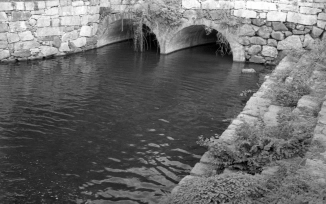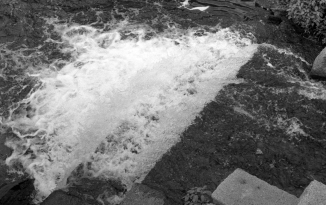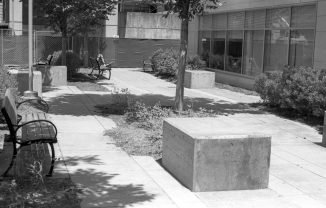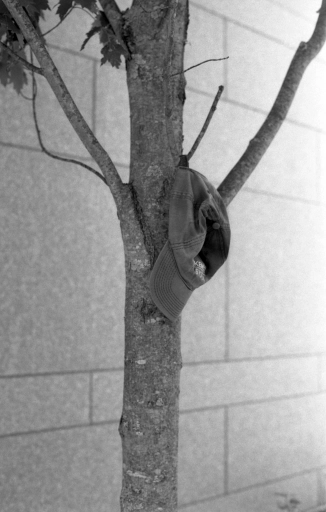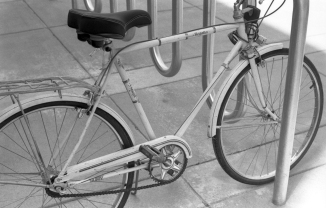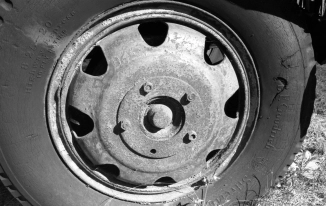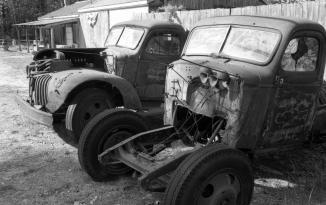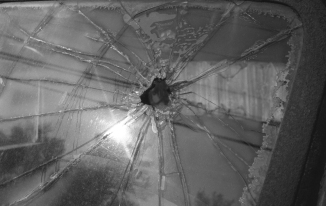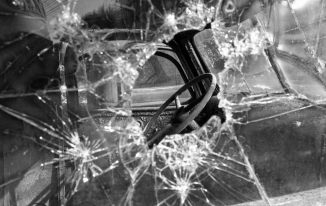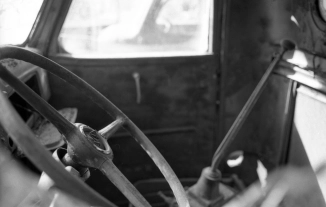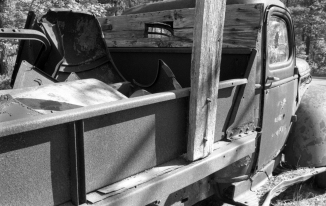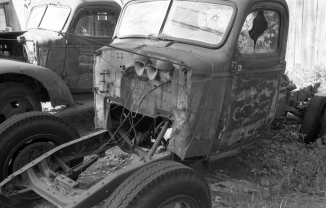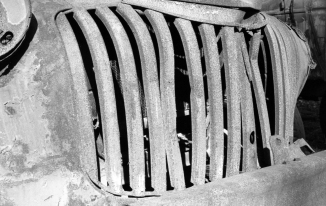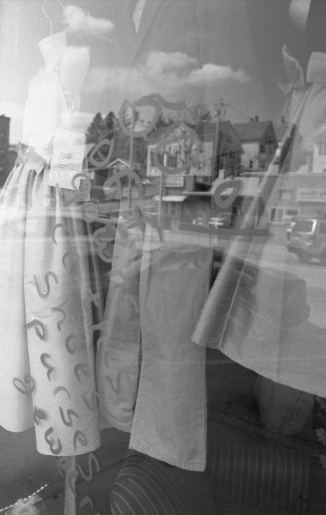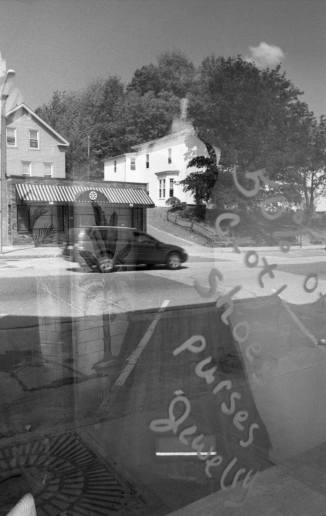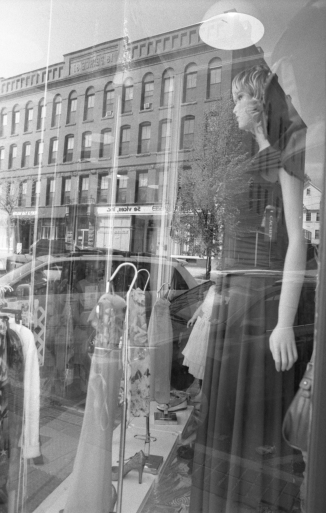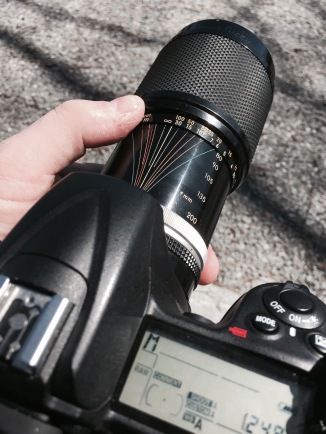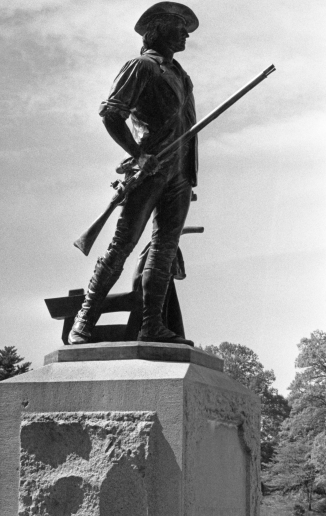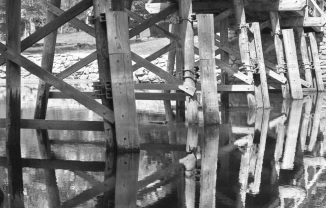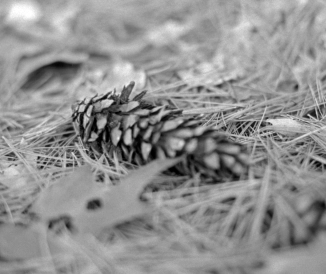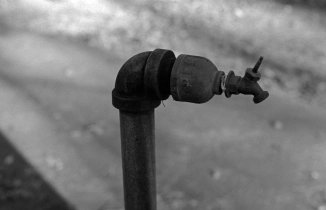Buying anything from your favorite auction site can be an adventure, or, torture. Cameras certainly are no exception. Some of the tag lines sellers use when posting vintage film bodies usually include some of the following-
“Minty fresh!”
“I don’t have access to film, so I cannot test it.”
“I know nothing about cameras.”
“Shutter fires, but I don’t know if it works.”
“It was my grandfather’s. I never saw him use it, but I’m sure it works. No Returns Accepted”
Common sense should prevail here- when you see these taglines, either run, or do not hesitate to challenge the seller. You can, and should, email the seller through eBay, and ask questions. This is what I did recently when I bought my beautiful Nikon FM. You should be able to summarize pretty quickly if the seller is trying to make a fast buck, or genuinely knows nothing about cameras. Bargaining time.

You paid HOW much for that beautiful Nikon FM?
For the body? $35.99, including shipping. The seller said that the light meter apparently was not working. I guided him how to test it. He did not listen. “It doesn’t work!” More bargaining. When the camera arrived, there was one battery in the chamber, and it was in the wrong way. Two fresh silver oxide batteries, and the light meter booted right up. Yes, as noted everywhere, the camera itself does not require batteries to fire the shutter. Regardless, it is very nice to have a functioning coupled light meter.
I asked about the light seals. He had no idea what they ever were. Before the camera was even shipped, I ordered a new light seal kit from John Hawley at http://www.nikonusedcameras.com I have done business with John before, he is a true gentleman, and his prices are very reasonable for his services and light seal kits. Easy. Yes, it is a messy job, but well worth doing. Sure enough, the original seals were gooey and gummy. This was a no-brainer.
I tricked the camera out with one of my extra MD-12 motor drives, an extra Nikon strap, a new flash cable cover, and the great screw-in eyepiece with the rubber gasket, that makes using the camera with eyeglasses or sunglasses a breeze. These bits and pieces total are probably valued more than what was paid for the body.

What lenses WON’T this camera take?
The FM was introduced at the tail end of the Nikkormat FT-3 run, the camera I previously blogged about. It takes pre-Ai, Ai, and Ai-S lenses. Pre-Ai lenses are used by first moving the little meter coupling tab inward. Also a fully mechanical body, the FM is a significantly smaller form factor, one that would enjoy popularity in many different variations, for decades. It is indeed all metal, but much lighter and more compact. Like its older brother, the FT-3, it is a tank. And, like it’s older ancestor, the Nikon F2, it allows the choice of intermittent shutter speeds. In other words, a speed between 1/500th, and 1/1000th, can be used if the light meter thinks that is the speed necessary for proper exposure.
I did some research on the FM, and how to buy one, before scooping this one up. One of the innovative features of the camera was an internal mirror dampening system. In typical Nikon spin, they claimed this was why the camera did not offer mirror lock-up. In reality, I am sure it was to either keep cost, or size, down. Whatever it is, it works. This shot was taken in Worcester’s Cromptive Collective, a curated boutique with lots of cool old things, hand held at 1/15th of a second!

1/15th of a sec exposure, Nikkor 35mm Ai, Crompton Collective, Worcester.
Otherwise, and maybe it was due to 400 speed film outdoors, or, to semi-stand developing with Rodinal, but the light meter seems to me to shoot a bit “hot”. I have done rudimentary tests since, with my F2, D300, and Luna Pro F, that seem to indicate that it is indeed accurate.

The white door is a bit “hot”.
This might be even more evident here, the outside portal at the entrance to the collective-
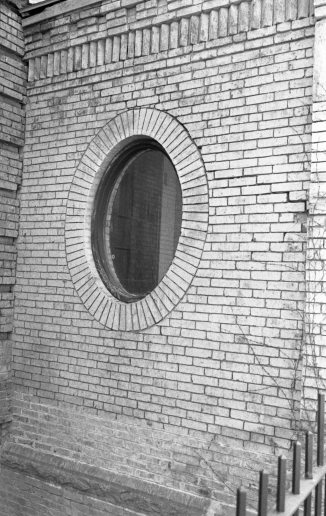
Slightly hot- I seem to recall photographing this same scene with the F3, or the Hasselblad, a few years ago, with not as hot an exposure. Maybe the lighting conditions were different, but the sun did eventually come out here, at about 11AM.
A fun camera, a great form factor, at a bargain basement price. Speaking of bargain basement prices? I will be writing soon about a classic vintage Zoom Nikkor that feels as though I stole, based on the prices. There truly are deals out there- keep haggling! Once again, great times to be a photographer.


